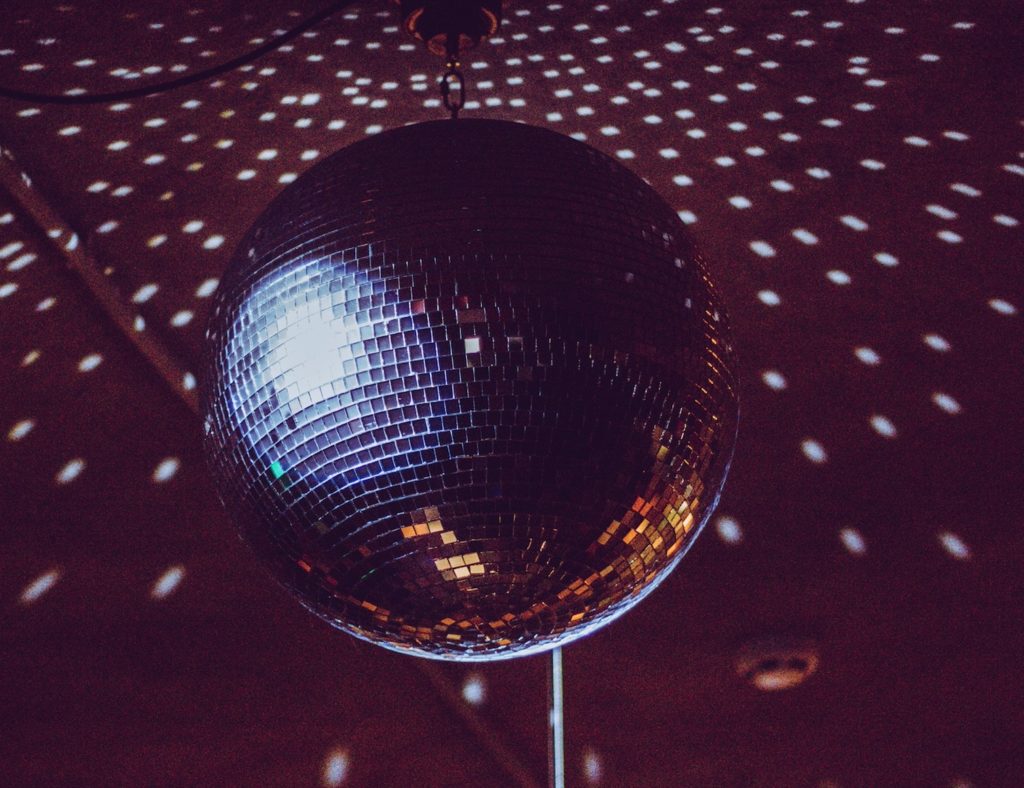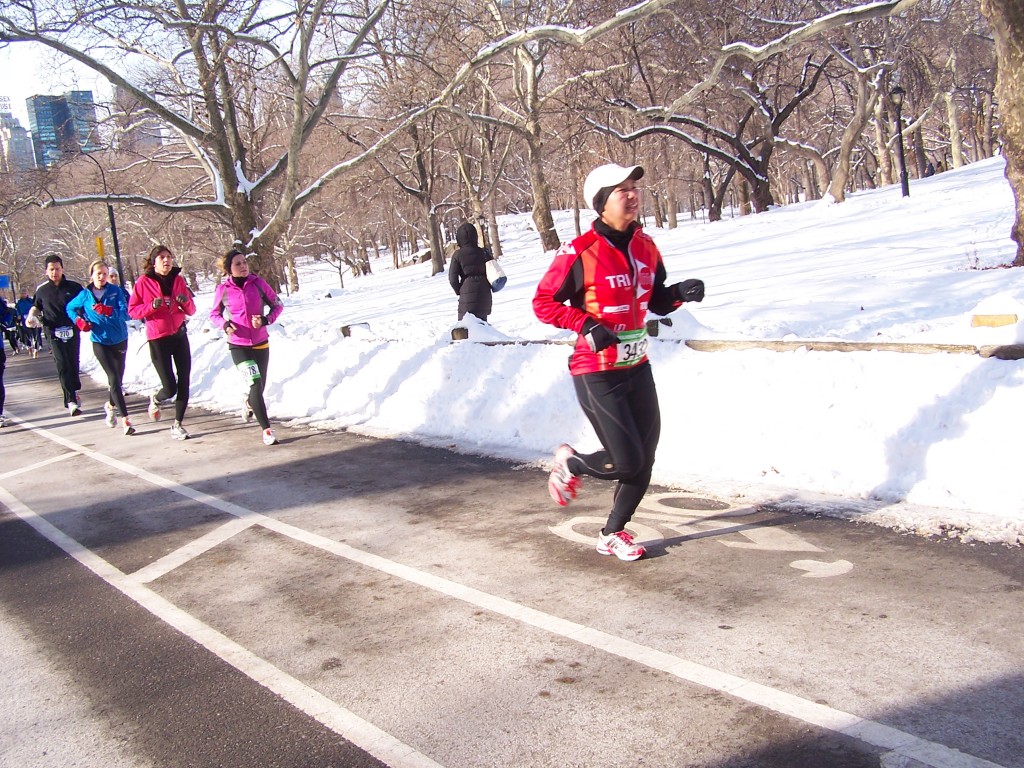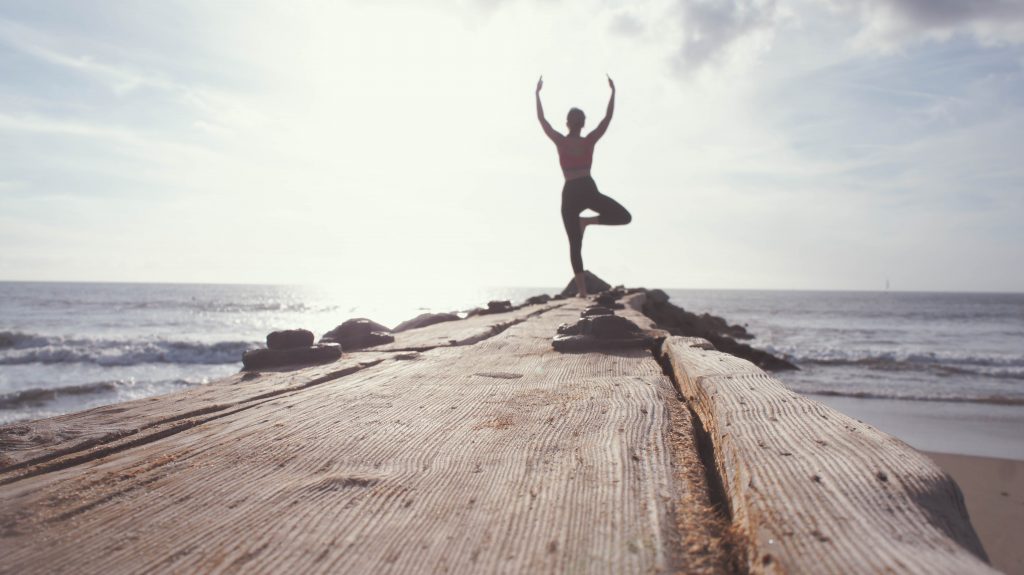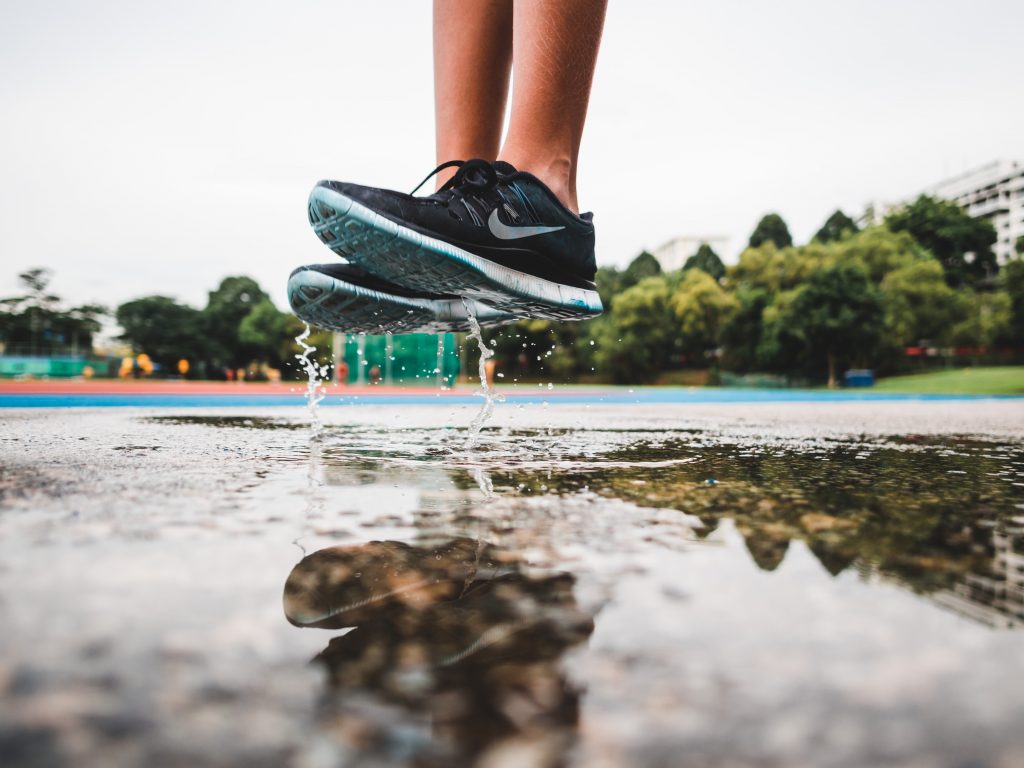
Winter Fitness: It’s Not About the Cold; It’s About the Clothes
Photo Credit: Charles Smith, via Flickr Creative Commons
I have a co-worker who is an avid winter sports participant. When braving the cold, his mantra is “It’s not about the cold; it’s about the clothes.”
The better you dress for winter fitness, the healthier your fitness experience will be.
It’s also about the safety. The better you dress for winter fitness, the healthier your fitness experience will be. It depends on the person, but there are a handful of physical conditions that could be exacerbated as well as make us more vulnerable to cold weather injury. These include diabetes, fatigue, lack of sleep, hypoglycemia, lack of nutrition (underfeeding), and lack of fitness. Athletes with lower body fat are also more susceptible to heat loss, which is one of the culprits behind cold-related injury.
Other factors are environmental and may be out of our control. Factors such as rain, wind, water temperature, wet clothing, and advance age play a role in our ability to withstand the cold. Two of the most notable factors in cold weather exercise safety are water and wind. Water could be in the form of sweat, wet clothes, rain, dense fog, or water in a pool, lake or pond for swimming. There are many strategies, however, to brave these elements.
Dress in Layers
Proper clothing is the first line of defense. Dressing in layers is very effective. Not only does each layer provide a different type of protection, but they allow us to adjust to sudden weather changes on the go. The layers should consist of an inner layer to keep moisture away from the skin, and should consist of lightweight polyester or polypropylene that is in direct contact with the skin.
The second layer should be polyester fleece or wool, which will act as insulation. An outer layer or shell to protect against rain and wind allows moisture to exit the first two layers, but still keep us warm. Wear this outer layer during warm-up, cool-down, and rest periods to maintain body heat. You’ll most likely need to remove that layer during the actual exercise unless it’s raining or very windy.
A Hat is Key
Since we lose about 50% of heat from the crown of the head, a hat is a key component to staying warm. It’s best to keep it on during warm-up, cool-down and rest periods, but earmuffs or headbands are good during exercise to keep the ears and forehead warm.
Gloves
A good pair of gloves that will stay dry in cold weather go “hand in hand.” Our hands most frequently suffer the cold when our body diverts warmth to our core. Mittens have been shown to keep hands warmer than gloves, but obviously aren’t as functional when you need your fingers.
Socks
Your feet will perspire in the cold, especially when you wear heavier shoes or boots along with heavier socks. You may want to be prepared with a change of socks and you may want to have shoes or boots a bit larger in size to prevent tightness.
Full Facial Mask
A full facial mask can both protect your face from extreme cold and warm the air you breathe in. For some athletes, this can be an inconvenience, but it will make cold weather exercise much more comfortable and safe.
Wearing loose fitting clothing that allows for room to move and for your skin to breathe is also helpful. Make sure to avoid anything that restricts movement or is tight on your skin. Don’t forget to adjust your clothing to meet not only the weather, but also your exercise intensity and the amount of time you spend in the cold. Planning and preparation will keep you more comfortable and prevent cold related injury. Stay warm, be prepared and read up on the signs and symptoms of cold weather injury.
How do you protect yourself from the cold when go outside to exercise?








